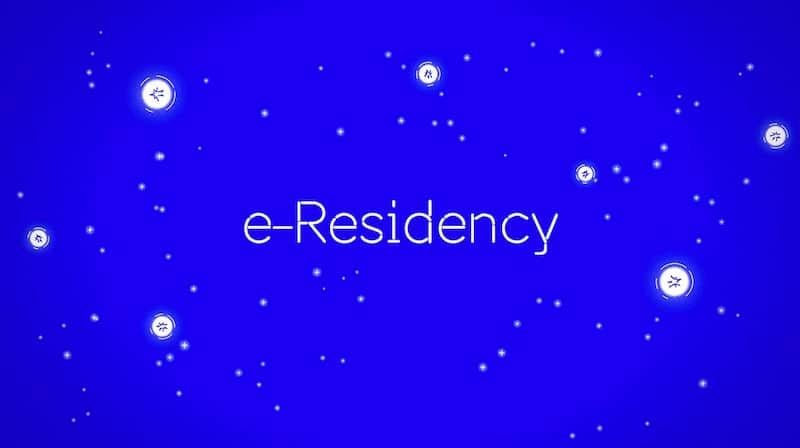
How to Validate Your Business Idea
What Is Business Idea Validation?
Ever read ‘The Old Man and the Sea’ by Ernest Hemingway? It’s a tale about a luckless old fisherman’s battle with the biggest marlin he’s ever seen. After three days the fish succumbs to the fisherman’s efforts. He ties his prize on the side of his skiff and sails back to Havana. But he’s so far out to sea that before long, sharks catch a scent of the marlin and want a bite.
Eventually, our hero makes his way back to the shore with only bones to show for his struggle. How is this related to business validation? Well, in our last post I mentioned the ocean of ideas. You venture out and hook the perfect one. So perfect in fact you’re certain that once it’s released, it’ll sell itself. It’ll be coasting. Plain sailing from here on out.
Only you’ve missed a few essential steps. You haven’t conducted any research which involves hypotheses, interviews and surveys, reviews, revisions and processed consumer validation. Meaning you’ve brought a marlin to shore when consumers wanted tuna. Or worse—your consumers are the very sharks that rip your idea to shreds.
But before the Jaws soundtrack plays, let’s dive into some crucial steps for business validation.
Smart People Are Often Validated
The online Harvard Business School suggests three sections in one step. Whereas VIIMA divides goals and hypotheses into separate steps altogether. The point is no matter where you look online, you’re going to see differences in how information is presented. This shouldn’t worry you. The main priority is to pinpoint similarities.
You need to be specific in your goals for your consumers to give you the information you need to validate your idea. You could use the S.M.A.R.T method to template your goals. In this instance, we’ll tailor S.M.A.R.T to suit us.
Specific – what problem can your idea solve? Are its solutions a strong USP?
Measurable – how do its features measure up to competing services or products? Are its benefits stronger?
Assumptions – your idea is built on an assumption that consumers would rather use your product or service instead of another. How do you test this out?
Revenue – Does your idea have enough demand to warrant recurring income? How can you work out the value of your idea? Do you ask consumers how much they’d be willing to pay?
Theorise – create a premise or framework for your business model based on your findings. Is your business scalable? How does this affect your business model?
You’ve established your goals. You know what you want to learn about your idea, its potential, place and value to customers. So, what next?
Mums Don’t Know Best
Let’s say you’ve followed the advice from our previous post and looked at some forums or comment threads. It’s time to stop lurking. Present your idea. Offer consumers a chance to have their say. Since you already have your goals, the questions you want to ask should be a lot clearer.
You can create a survey from scratch or use the software. If you have a Google account, why not try Google Forms (you’ll find a great tutorial midway down this article). See how they advise readers to keep their survey questions open? I honestly think that’s up to you. Plus, others suggest otherwise. How do you know which one to pick?
The best approach is to use a combination of both. Or use one that you think will serve your validation process better. Trial and error can go a long way at this stage. Have your goals in mind when coming up with the questions.
This might seem obvious, but don’t survey friends and family. Most of us are guilty of seeking validation from our loved ones, but the quality of our poetry or drawings doesn’t matter to mum. She’d even put the slouched clay pot you made in art class on the sight for everyone to see. Why? Because you made it. She’s biased. There’s nothing wrong with that! When it comes to validating your business idea though – mums do not know best!
Your surveys must be unbiased. That’s the only way they will be most useful to you. Don’t worry about negative feedback. In the eyes of consumers, you’re just proposing an idea. How many times have you overheard customers ask the person behind the till what’s in stock? Only then to be told, “I don’t like that.” What does the business owner do? Adapts. Makes strawberry ice-cream because the last person didn’t like mint. Or chocolate chipped cookie ice-cream because – let’s be honest – who doesn’t like chocolate chipped cookies?
Landing Pages, Crowdfunding and… Wizard Of Oz?
Perms in full swing, goals and objectives mapped out on your bedroom wall and surveys at the ready like sprinters crouched on the starting blocks. The wheels are certainly in motion, but you want to hit every angle. Maximise the validation process.
Another method is landing pages. Lots of work associated with landing pages. A person clicks on the link and it should send them to the company’s website. So, you’ll need a website or a page with a clear call to action. The reason for this is to monitor the click-through rate. You want to see how many people have actually engaged with your content. How do you track clicks? Check this LinkedIn article.
Alternatively, you can use emails to measure engagement rates. In fact, this ties in nicely with the “measurable” section of the SMART method. You can set yourself objectives. Aim for a certain click-through percentage. If you hit a threshold that’s considered good, then you know your content is engaging and consumers are interested in what you’re selling.
Crowdfunding is an ever-increasing method of business validation. It’s huge in the gaming and software development sectors. There’s no sign of it slowing down. More and more start-ups of all types of businesses depend on it. Particularly if it involves manufacturing physical products or services that appeal to niche markets.
If your idea fits in either of those categories, then maybe crowdfunding is for you. Although from the articles I’ve shared with you, it’s clear to see that it takes a lot of work. Up to six months (maybe more!) of market research and the possibility of having to develop a prototype.
You’d also need money to fund campaign videos etc. Crowdfunding is riskier than landing pages and emails. With bigger risks comes the potential for bigger rewards. Decisions, decisions… read this list to help you weigh up whether crowdfunding is right for you.
Wouldn’t it be great if you could just close your eyes, click the heels of a pair of ruby slippers, and find yourself in the midst of a success hurricane? The good news is you can. Well, almost. Hey, it’s called the Wizard of Oz method for a reason!
By using this method, you create an illusion. Just like the old man tricked other characters into believing he was the powerful wizard of Oz. Essentially, you give consumers a chance to experience your idea.
For example, let’s use voice recognition for Netflix. Pretend it’s your idea. You’ll have a user and behind the scenes a human operator or the “wizard”. This diagram shows it well. You instruct the user to verbally instruct Netflix to put a show on a show of their choice. Something like this. Technology seems to make this happen. When in reality it’s a human operator just selecting the show on Netflix. Or in reference to the video, someone has selected Friends, altered the volume and fast-forwarded the intro.
WOZ is cheaper and takes less time to carry out than crowdfunding. Also, it makes consumers feel involved with the project and instantly experience the benefits of your business idea. All without having to spend lots of money on a fully functional prototype. Or investing time and funds into a lengthy marketing campaign. Plus, you get live reactions from the consumer. In other words, instant validation.
Article with real-life examples of the WOZ test.
Conclusion
Bringing all these methods together and tinkering with them to suit you is a sound strategy. If there’s any time to put your business idea on a course of trial and error, it’s during this phase. Best to work out what doesn’t work now rather than later.
Most importantly…have fun! Mold and shape the idea as much as you like. Just as long as you don’t lose your vision when you try to make consumers happy and bring them value. It’s a process of exchange. What you deliver, you most certainly will have returned to you in the long run.
Validation isn’t an easy process. It takes brains, heart and nerve and a total belief in your business idea.


